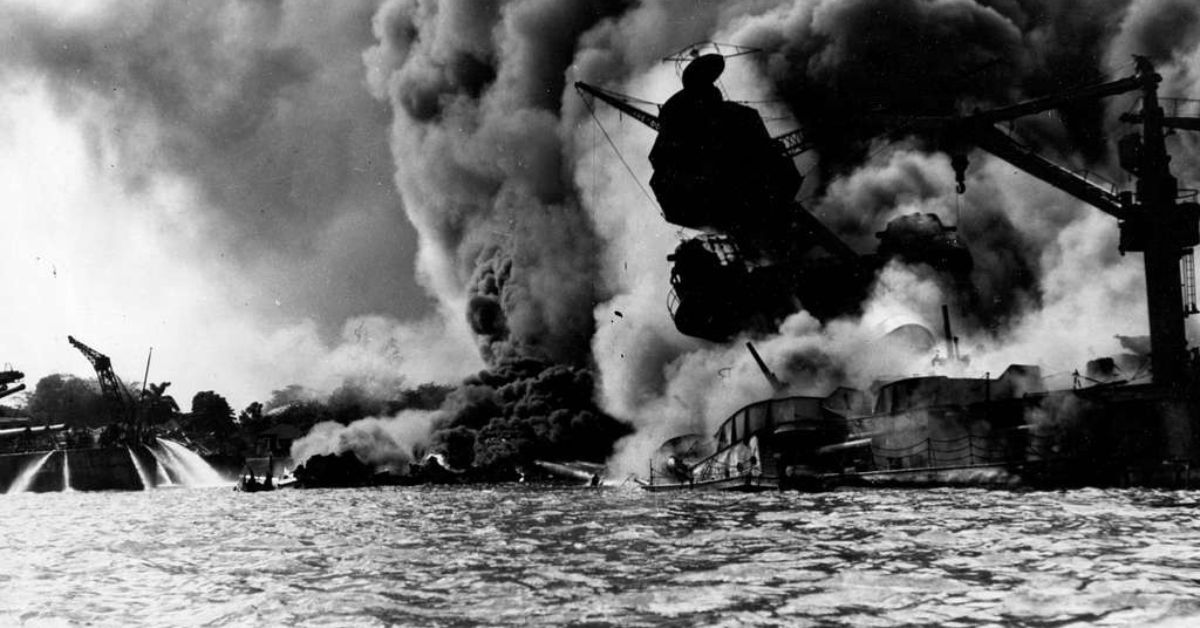Each year on December 7, America takes a moment to remember the day Pearl Harbor was attacked. That moment changed everything, dragging the country into World War II.
Remembering the Sacrifice: Pearl Harbor Day
Before that fateful day in 1941, the U.S. maintained a neutral stance in the war. Negotiations with Japan were underway, primarily concerning Pacific interests. Japan sought an end to American sanctions and the cessation of aid to China in the Sino-Japanese conflict.
In anticipation of likely resistance, Japan positioned its naval attack groups near Oahu, a strategic point in the northern Hawaiian territory.
The assault, conducted without a formal declaration of war, caught the nation off guard. Despite Japan’s intention to announce war 30 minutes prior, the message reached Washington hours after the attack had commenced.
Today, Americans mark National Pearl Harbor Remembrance Day to honour the lives lost during the four-hour surprise assault. Let’s delve into the timeline of events that unfolded on that infamous day.
What happened on Pearl Harbor Day?
Timeline of the Attack on Pearl Harbor, December 7, 1941
3:42 a.m.: USS Condor spots a submarine periscope near Pearl Harbor’s entrance.
6:10 a.m.: The first wave of nearly 200 planes from the Imperial Japanese Navy takes off.
6:45 a.m.: The USS Ward fires the first shots for the U.S. in World War II at a Japanese submarine.
6:53 a.m.: USS Ward reports the attack, yet no significant action is taken.
7:02 a.m.: U.S. Army radar detects a sizable aircraft formation heading towards Oahu.
7:20 a.m.: Radar report dismissed as a presumed arrival of U.S. planes.
7:40 a.m.: The initial wave of Japanese aircraft reaches Oahu.
7:48 a.m.: Japanese commander orders the attack on Pearl Harbor; bombing begins.
7:55 a.m.: The assault on Pearl Harbor commences.
8:10 a.m.: USS Arizona explodes, resulting in over 1,100 casualties.
8:17 a.m.: USS Helm sinks a Japanese submarine at the harbour’s entrance.
8:54 a.m.: The second wave of around 170 Japanese planes initiates its attack.
9:30 a.m.: USS Shaw is destroyed.
10:00 a.m.: Japanese aircraft retreat to their carriers.
A total of 353 Japanese planes were involved in the raid, and 29 did not return to their bases. Tragically, 2,400 Americans died—both military and civilian. 64 officers and sailors were slain, and one was captured on the Japanese side.
Arizona, Oklahoma, and Utah were among the American ships lost. Remarkably, West Virginia was restored and reactivated despite severe damage. It was the only ship in the area when Japan submitted it in 1945.
The nation honours the bravery of those who confronted the horrific events of Pearl Harbor Day on December 7th each year. It is an important chapter in history that teaches us about the dreadful cost of war and the resilience of human bravery.
FAQs
What was the number of lives affected by the Pearl Harbor events?
A: Approximately 2,403 people, including both military personnel and civilians, were either killed or seriously injured during the strike.
What steps did the United States take after the attack?
A: Following the attack, the United States formally declared war on Japan, plunging the country into the depths of World War II.
Are there still living survivors of the Pearl Harbor incident?
There are currently less than two thousand veterans who were present during the attack on Pearl Harbor.
What monuments honour the memory of Pearl Harbor?
A monument honouring Pearl Harbor that is particularly noteworthy is the USS Arizona Memorial, located at Hawaii.
Stay updated with news360.pro

